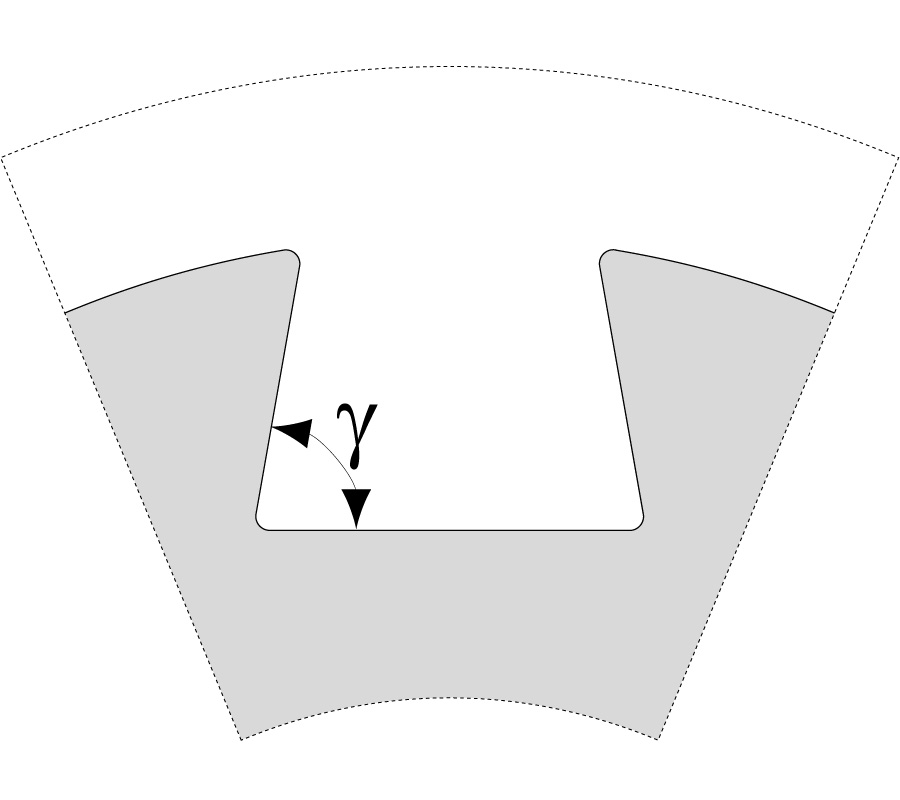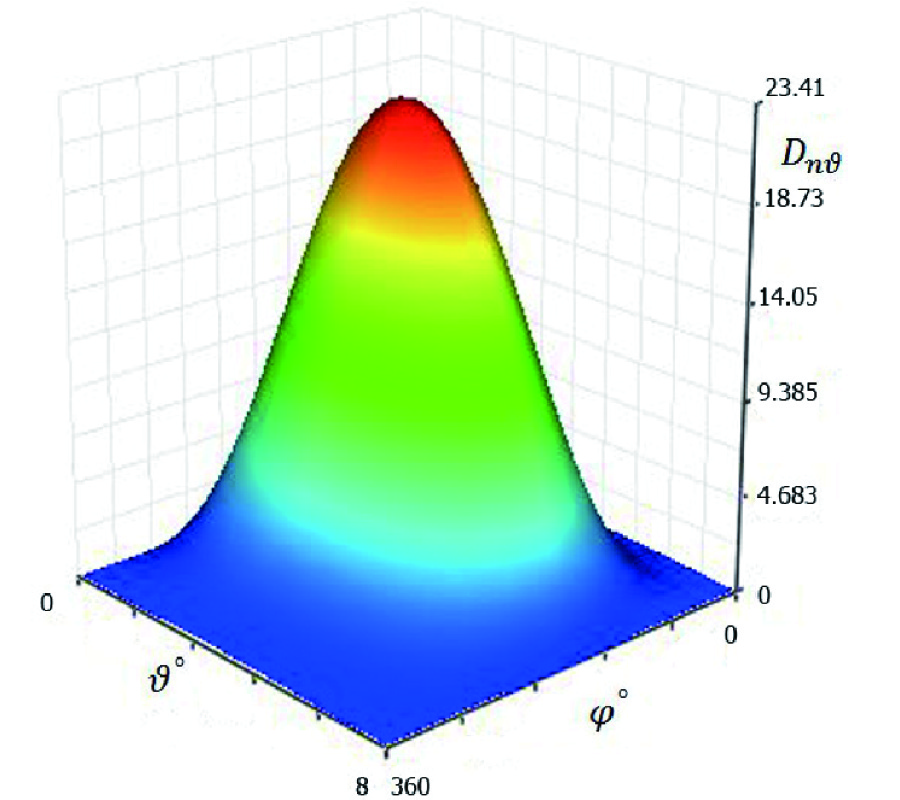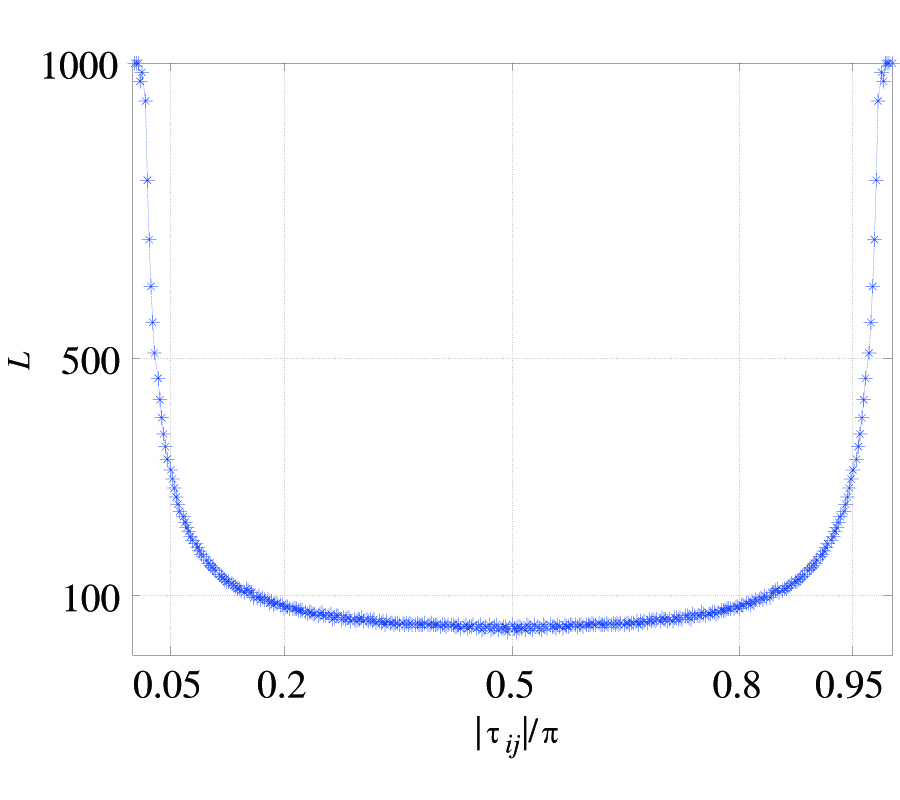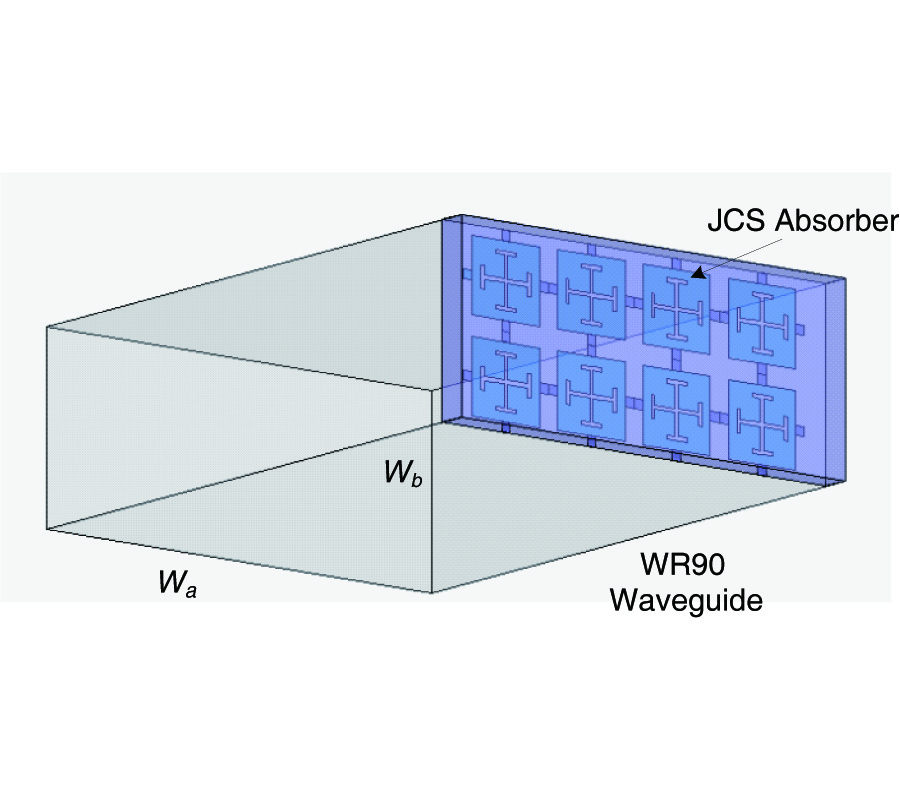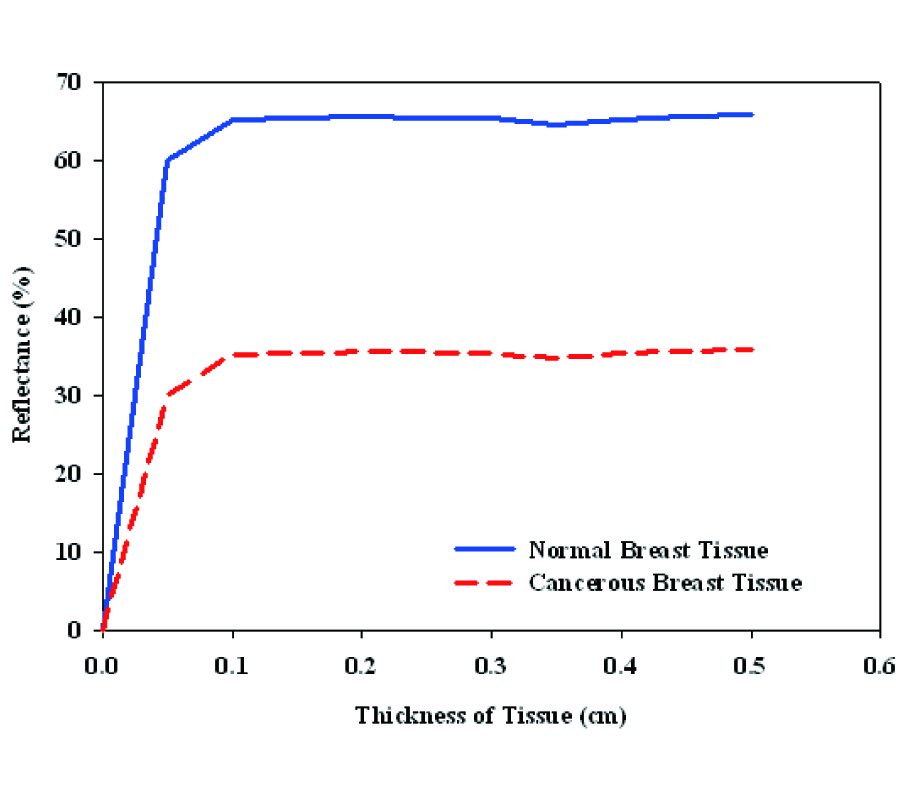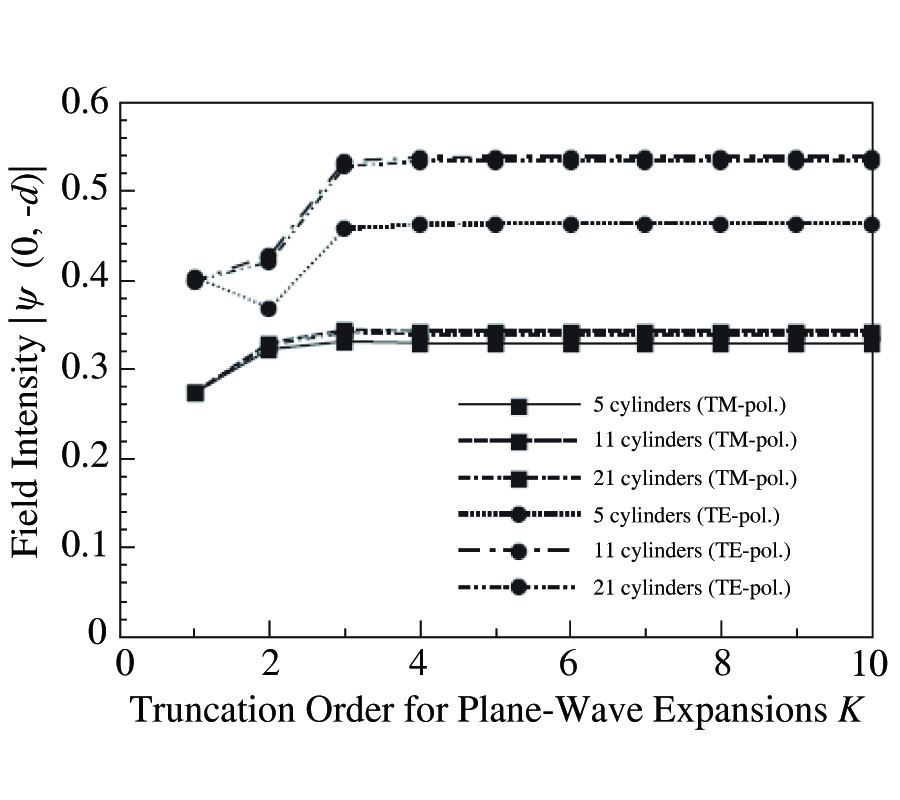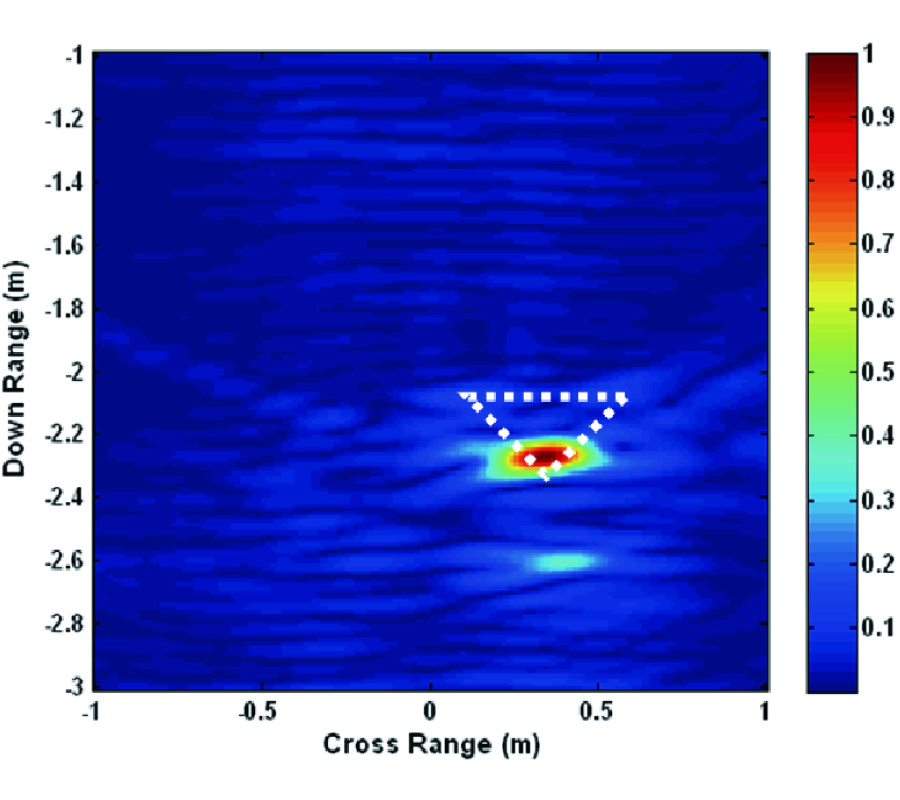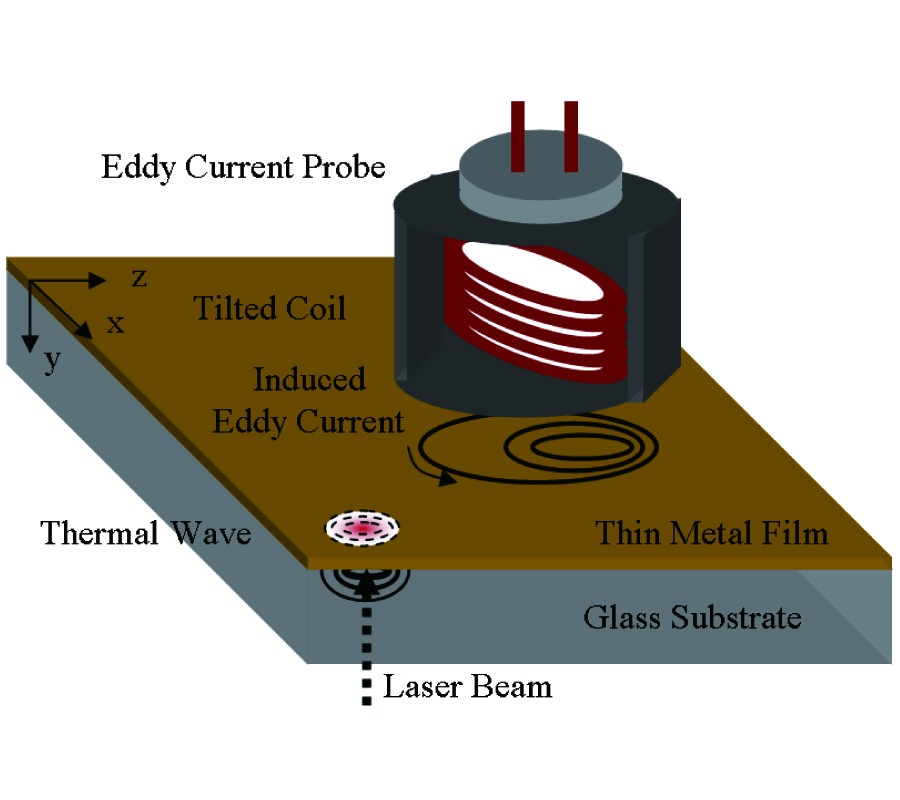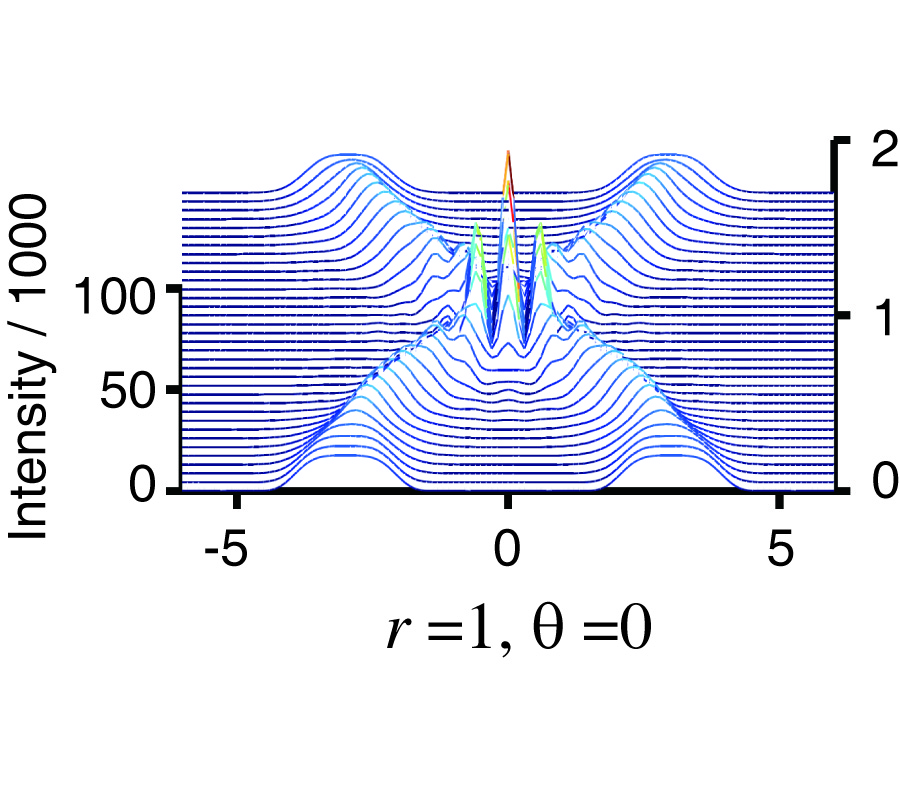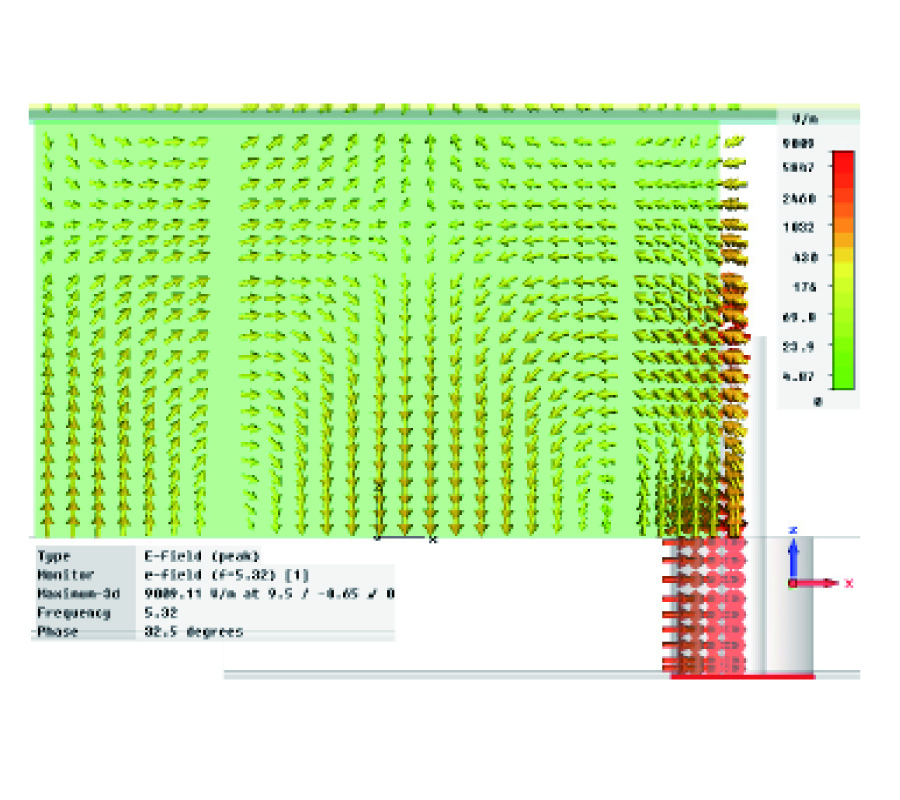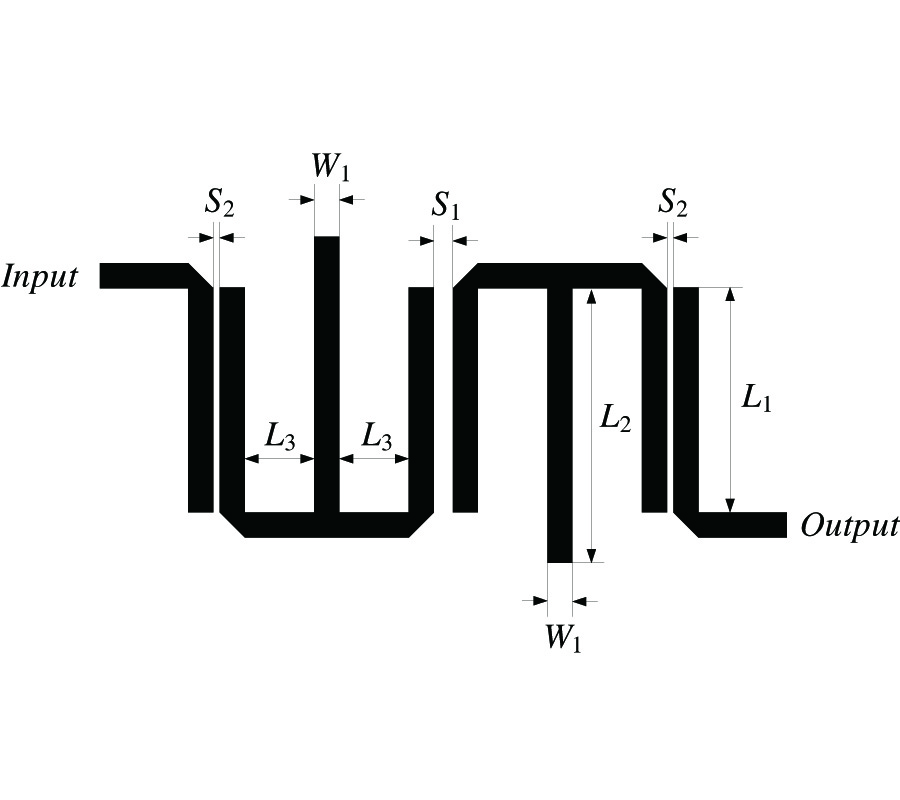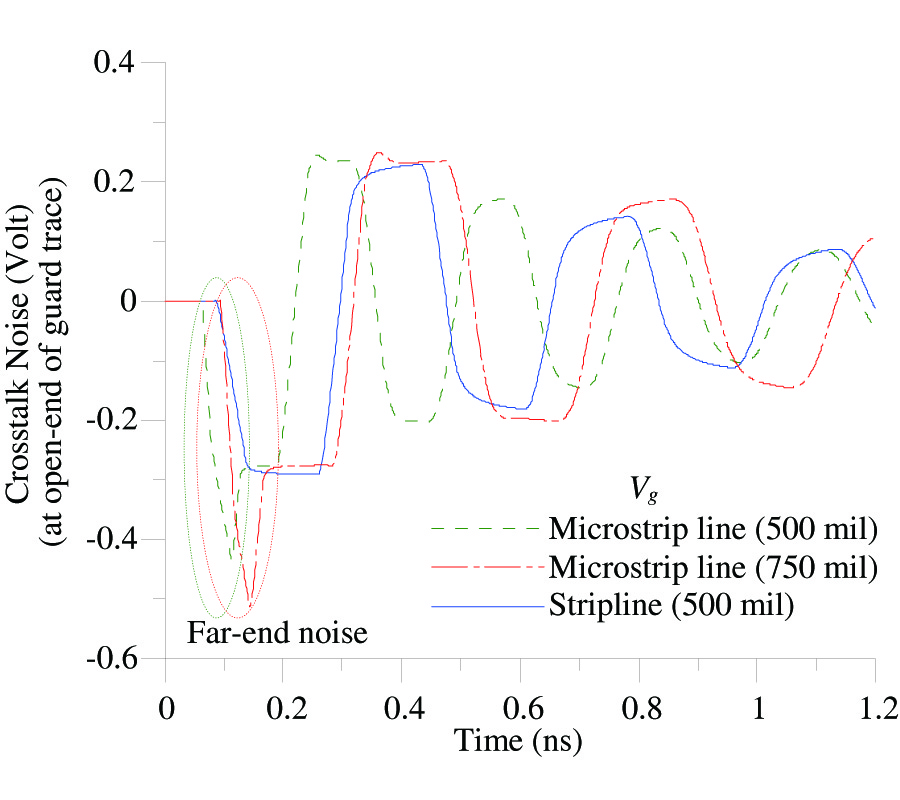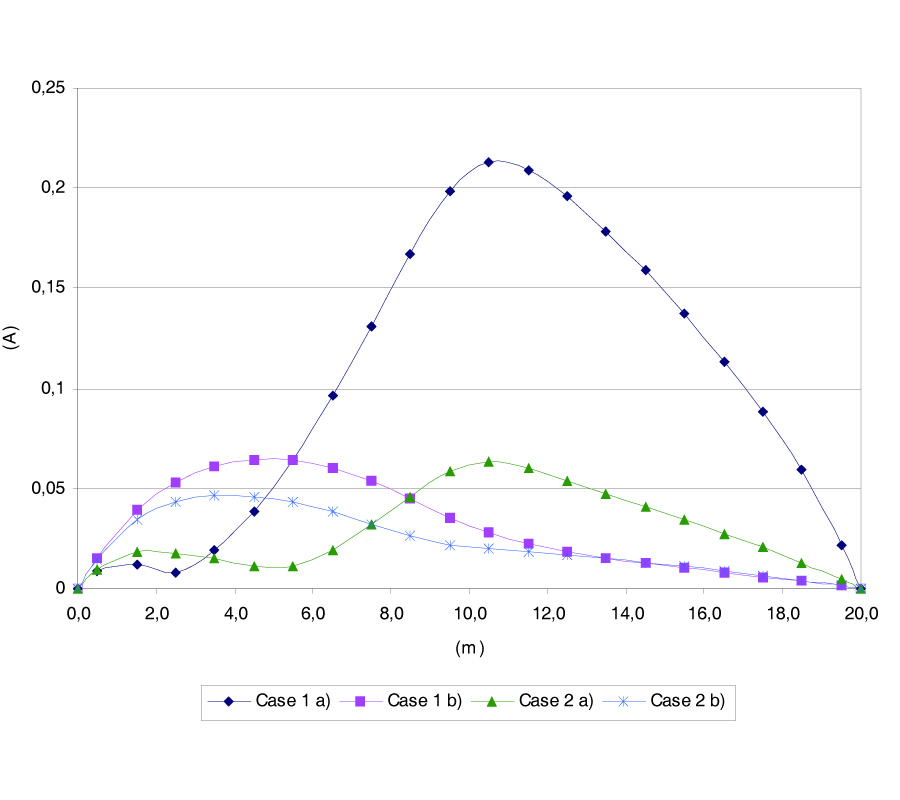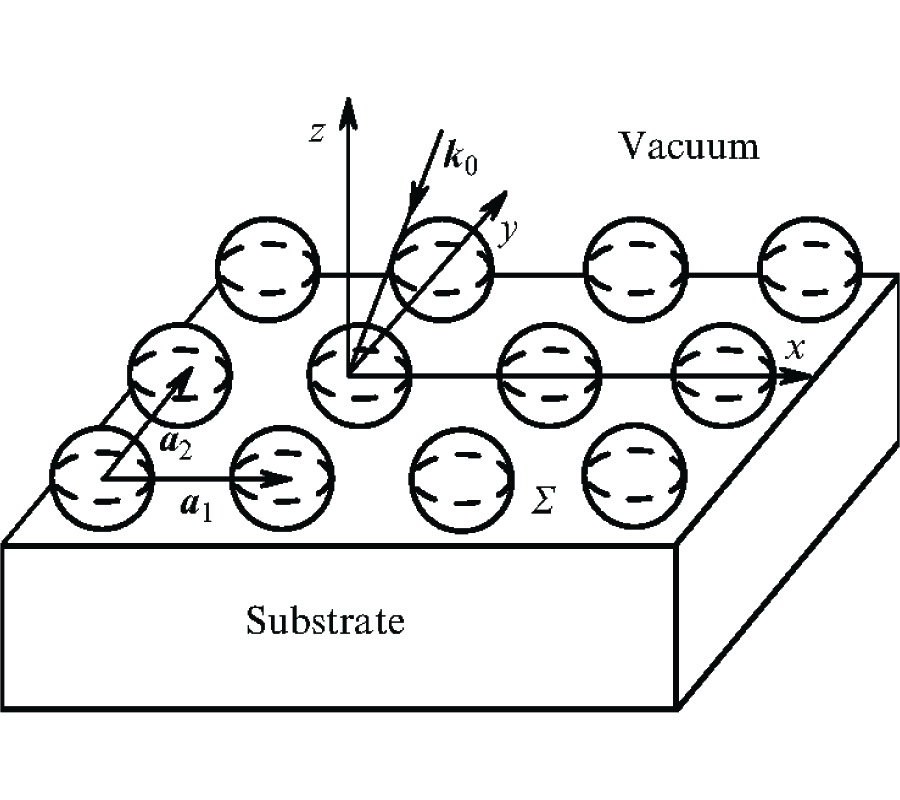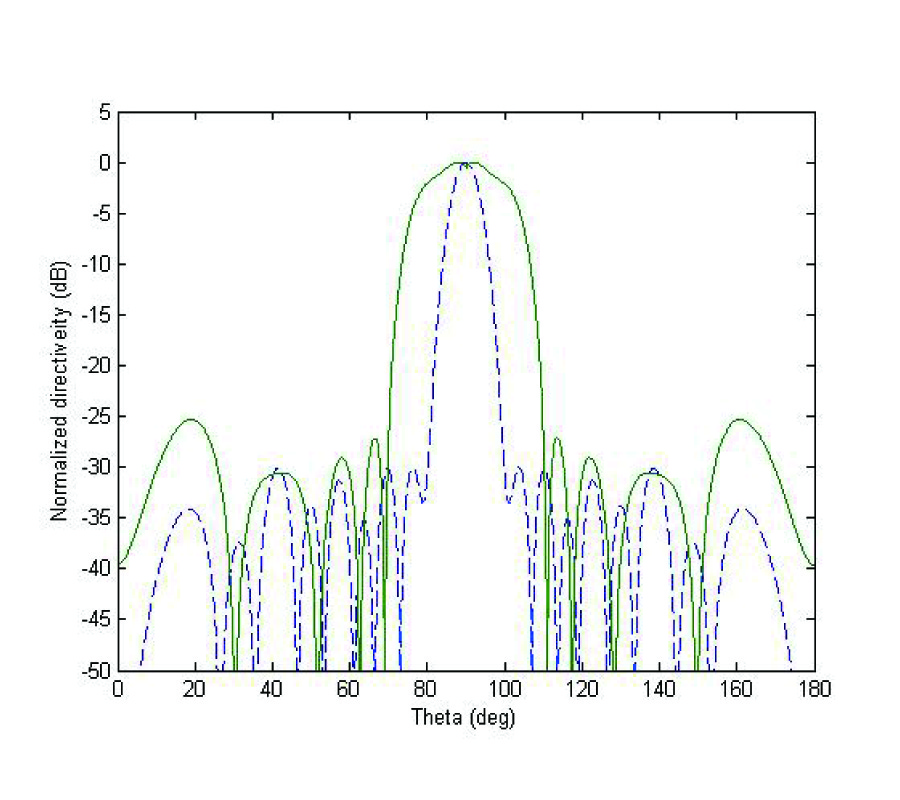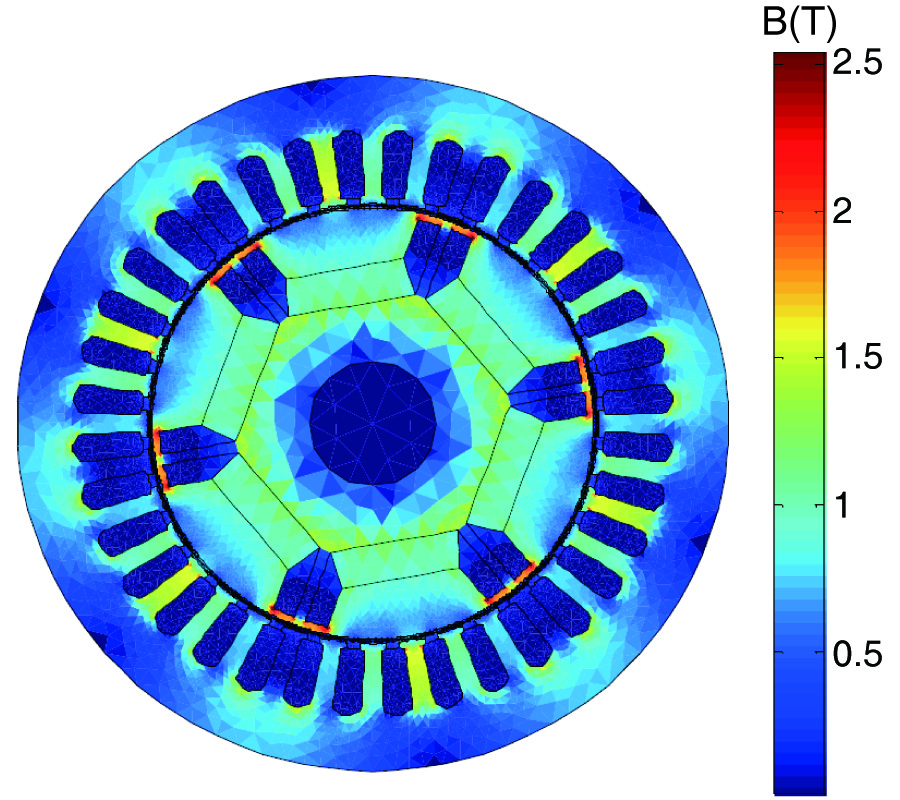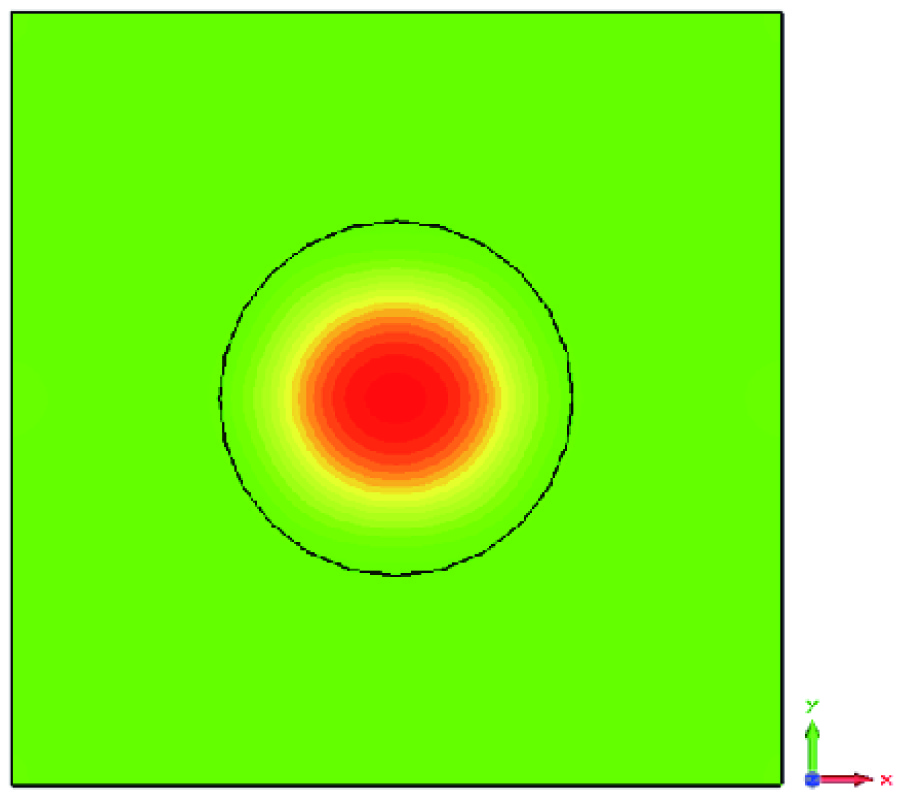Smart Electromagnetic Simulations: Guidelines for Design of Experiments Technique
Houssem Rafik El Hana Bouchekara
,
Ghassan Dahman
and
Mouaaz Nahas
Electromagnetic design problems usually involve a large number of varying parameters. A designer can use different kinds of models in order to achieve optimum design. Some models, e.g., finite-element model, can be very precise: however, it requires large computational costs (i.e., CPU time). Therefore, the designer should use a screening process to reduce the number of parameters in order to reduce the required computational time. In this paper, using the Design of Experiments (DOE) approach to reduce the number of parameters is explored. The benefits of this technique are tremendous. For example, once researchers realize how much insight and information can be obtained in a relatively short amount of time from a well-designed experiment, DOE would become a regular part of the way they approach their simulation projects. The main objective of this paper is to apply the DOE technique to electromagnetic simulations of different systems and to explore its effectiveness on a new field, namely the magnetic refrigeration systems. The methodology of the DOE is presented to assess the effects of the different variables and their interaction involved in electromagnetic simulations design and optimization processes.

